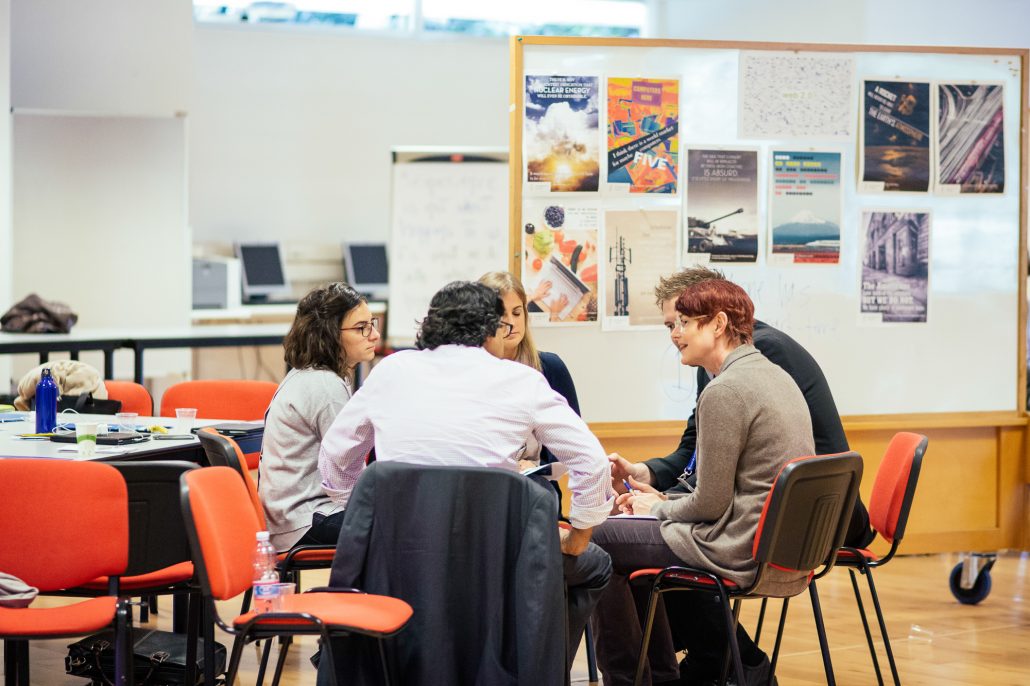Appreciative Interviews (AI)

Discover and build on root causes of success
Overview
Appreciative Interviews focus on unearthing hidden success stories through the exchange of experiences. Ultimately, storytelling helps participants to find new insights and uncover the root cause of success, providing a fresh starting point for new positive change experiences.
How to use it
- Capture and spread tacit knowledge about successful field experience.
- Elicit positive behaviours by anticipating them.
- Encourage peer to peer learning, mutual respect, and community building.
- Allow participants to explore complex or confusing challenges.
- Create a new exciting group narrative (how we are making order out of chaos).
- Repeating interviews in rapid cycles may direct to positive outcomes in local innovations.
- Revise past courses and pinpoint the aspects that positively influenced the learning/professional progress.
How to apply it
- Ask participants, “Tell a story about a time when you worked on challenge with others and experienced satisfaction for what you accomplished. What is the story and what made the success possible?”
- Offer an example of a story that helps the audience to increase understanding from a small example of behaviour change to a broader change in values or a shift in resource allocation (or both).
Setting:
Unlimited number of group around small tables. Interviews are conducted in pairs, then re-told by the listener in groups of four or groups of eight. Everyone has an equal opportunity to contribute.
Materials:
Worksheet to record the stories and assets/condition.
Time/Steps:
- 20 minutes: Take turns conducting an interview: ask for a success story plus what made the success possible (10 minutes each).
- 15 minutes: In groups of 4 or 8, search for patterns in conditions/assets supporting success.
- 15 minutes: Collect insights and patterns for the whole group to see.
- 10 minutes: Ask, “How are we investing in the assets and conditions that foster success?” Use 1-2-4-All to discuss the question.
How to adapt it
- Graphically record story titles and conditions/assets on a large white board.
- Write up and emphasize a few of the most inspiring stories.
- Track how the stories start to fill in and bring life to the vision.
- Follow with Min Specs, exploring the DOs and DON’Ts that kindled your success strategy.
Case study
Activity:
Training on project design
Contact:
G.Mercier@itcilo.org (SDG)
Description:
At the beginning of the course the participants had to give examples of projects that they had implemented easily and with success. A group discussion resulted from the positive experiences of the participants. The main objective of the discussion was to identify the key conditions to design feasible projects. The participants discovered that projects were more easily to implement if they were brought to the table by the beneficiaries than when they were imposed by e.g. an international institution.
Tips
- Overcome negative themes and awkward feelings by formulating a question which can shift the point of view by shedding a light of credit even on smaller success stories: “When is it that we have succeeded, even in a modest way?”
- Invite additional paired interviews before building up to patterns.
- Always encourage participants to make the stories clear and patterns visible to everyone.
Resources
Learn more from Appreciative Inquiry practitioners at http://appreciativeinquiry.case.edu/









